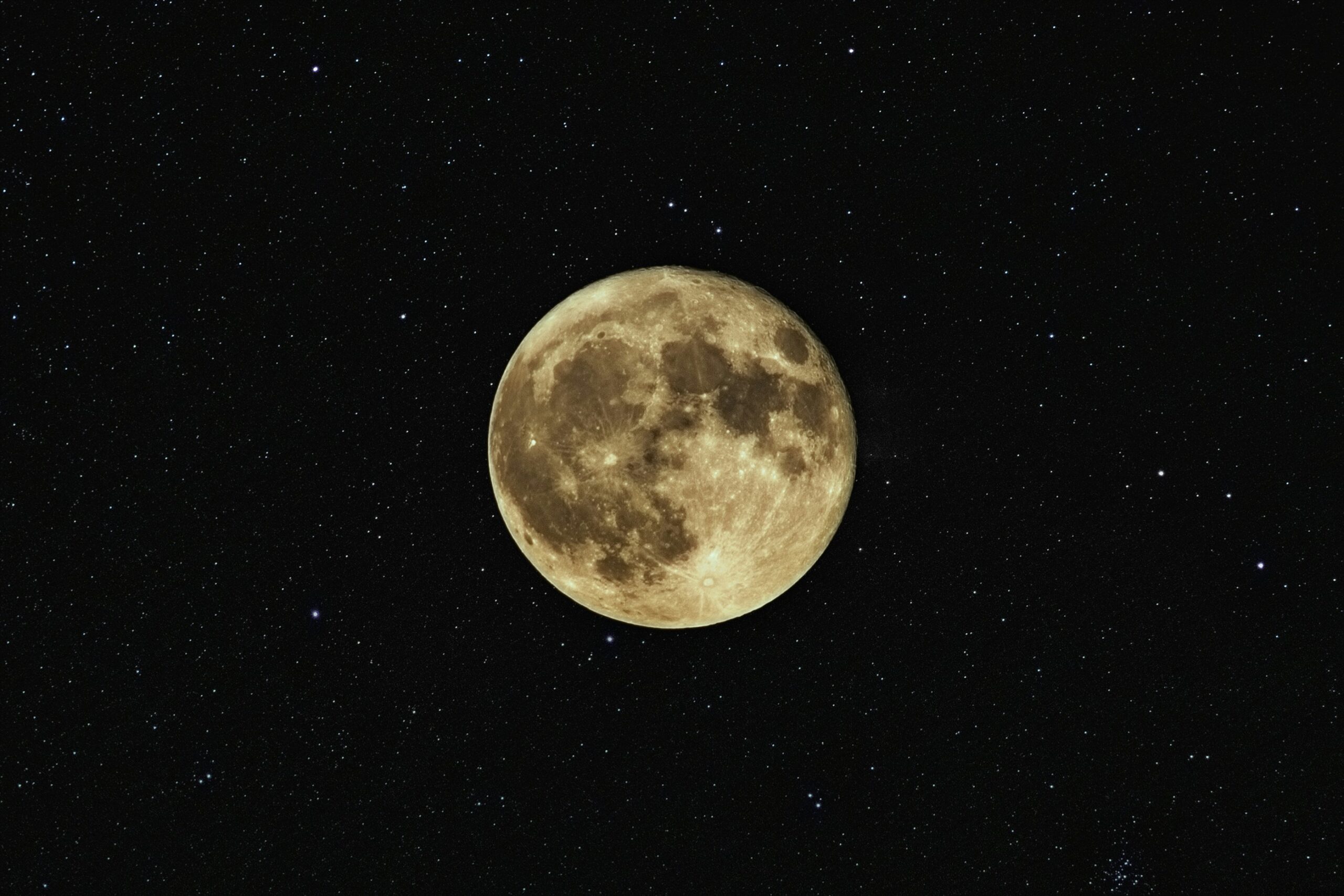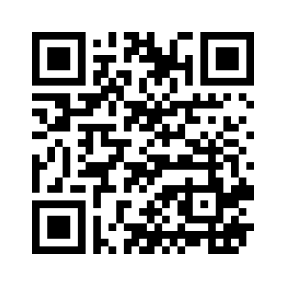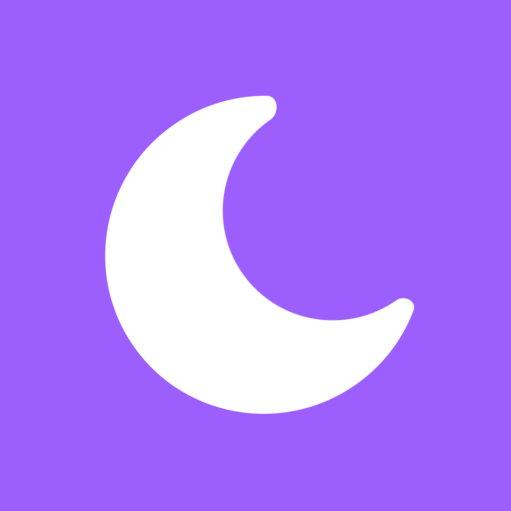If you’ve been wondering why your dreams during the full moon feel louder, brighter, or almost cinematic, you’re not imagining it. On many full-moon nights, people fall asleep a little later, wake a little more, and remember a lot more. That combination alone can make ordinary dreams feel extraordinary. Crucially, once you understand what’s shifting—and why—you can turn those intense nights into a reliable source of insight instead of a source of overwhelm.
Want a clean way to capture and decode your lunar dreams? Try Dreamly — your AI-powered dream journal on Android and iOS.
Do dreams actually change on full-moon nights?
They often do, although the shift is subtle rather than dramatic. Around the full moon—and especially in the nights leading up to it—bedtime can drift later and total sleep can shrink a little. Because later sleep pushes your final cycles closer to REM, you’re more likely to wake in the middle of a dream, which makes recall crisp and details sticky. In practice, nothing mystical has to occur for your dreams to feel “amplified.” A small change in timing and arousal can make the difference between forgetting a dream completely and carrying it in high definition into breakfast.
Even so, not everyone notices the same effect. Some people are exquisitely sensitive to light and sleep timing, while others sail through the lunar cycle without any obvious change. Your own pattern matters most. If your journal shows a reliable spike in recall near the full moon, treat that as useful signal; if it doesn’t, you haven’t missed a secret—your system may simply be less reactive.
Why full-moon nights feel different: light, rhythms, and expectation
Start with light, because that’s the simplest lever. Brighter evenings nudge bedtime later, and a later bedtime reshuffles the architecture of the night. Consequently, you spend proportionally more time near REM toward morning and surface closer to a dream. Beneath that, humans may carry faint “circalunar” tendencies—weak, background rhythms that drift across the 29.5-day cycle. Whether those rhythms are biological, behavioral, or both, they can tilt sleep timing by small but noticeable amounts.
Expectation adds another layer. Go to bed believing full-moon nights are special, and you’ll pay closer attention to what happens. Attention improves recall; recall strengthens belief. That doesn’t mean you’re making anything up. Rather, expectation acts like a spotlight—it helps you see what was already there. When you combine slightly later nights, slightly lighter sleep, and a mind primed to notice, the effect becomes obvious without needing supernatural explanations.
How dreams during the full moon tend to feel
Many people describe a different texture: more color, more panoramic scenes, and a stronger sense of presence inside the dream. Because you’re waking closer to REM, the story doesn’t have time to fade before you capture it. Therefore, images remain vivid, emotions sit closer to the surface, and meanings feel bolder. Sometimes that intensity is exhilarating—a clarity you’ve been waiting for. At other times, it’s edgy, like your mind is pressing on a bruise you’ve been avoiding. Both experiences are workable when you meet them with a plan rather than panic.
Interestingly, the themes themselves don’t have to change much. Work, relationships, identity, safety, competence—these show up year-round. What shifts during the full moon is the saturation and immediacy. The dream lands with enough force that you finally acknowledge what it has been hinting at for weeks, and because you remember it more clearly, you can actually do something with it.

Myth versus science—and the middle ground that helps
It’s tempting to imagine the moon tugging on your brain the way it tugs on the tides. Fun as that image is, gravity isn’t the story here. The useful middle ground is more ordinary and more empowering: environmental light plus small rhythm shifts change how you sleep; different sleep changes how you remember; different memory changes what you can act on. Seen this way, the full moon becomes less of a cosmic puppet master and more of a friendly nudge that says, “Pay attention tonight.”
Because the effect is modest, you stay in charge. A darker room, a steadier wake time, and a short morning routine can smooth out the bump without flattening your capacity to learn from it. In other words, you can dial the volume to “clear and helpful” instead of “loud and overwhelming.”
What to do on the night itself
Begin by giving your biology a hand. Dim the house an hour before bed so your brain receives a consistent “it’s night” message. Close the curtains or use a sleep mask to block stray moonlight. Because timing matters, aim to keep your wake-time steady even if bedtime slides a little; stability on the back end protects your rhythm on the front end. If you wake during the night, treat it like weather rather than a crisis—roll, breathe, and allow yourself to drift without checking a clock. That simple kindness shortens the wake and keeps the dream thread intact for the morning.
Morning is where you transform intensity into meaning. As soon as you open your eyes, reach for your journal and write two lines: the strongest feeling and the sharpest image. Then add one sentence that begins with “This dream is asking me to…”. Because you’re writing while the scenes are still fresh, you capture the essence before analysis scatters it. Later, when you have time, you can explore nuance; right now, anchor the core.
How to turn moonlit insight into daytime action
Big breakthroughs are rare, yet small moves compound beautifully. If the dream pushed on a boundary issue, send the message you’ve been avoiding or put a 30-minute block on your calendar and label it “undisturbed.” If it highlighted exhaustion, choose an earlier lights-out tonight and a five-minute walk after lunch. Should it call up grief or anger, give that emotion a safe container—a page of writing, a conversation with someone you trust, or twenty slow breaths with a hand on your chest. Each micro-action lowers arousal and proves to your nervous system that the message has been received.
Consistency matters more than drama. Rather than redesign your life on a full-moon morning, commit to one respectful change you can maintain for a week. After seven days, review how it felt and decide whether to keep, tweak, or drop it. Because your mind loves evidence, these small completions build a feedback loop: you listen, you act, you feel better, and you’re more willing to listen next time.
What if full-moon dreams feel too intense?
Occasionally the volume is truly high. When a dream wakes you with a racing heart, sit upright, place your feet on the floor, and lengthen your exhale until your breath feels heavier than the thought. Name the feeling out loud—“fear,” “sadness,” “shock”—because labeling turns a storm into weather you can navigate. After your nervous system settles, jot a few lines and return to bed if the night still has room. If intensity lingers into the day, step outside for natural light and movement before you open your inbox. That simple sequence—label, write, light, move—shifts the state without denying the message.
When difficult themes repeat or touch old wounds, consider speaking with a therapist or counselor. Full-moon timing might have brought the pattern into view, but the work is human, not lunar. Getting support is a sign that you’re treating your inner world with the care it deserves.
Tracking your pattern across the lunar cycle
Because memory is fickle, you need data you can trust. Keep your entries short and consistent so they’re sustainable. Over a month or two, you’ll see whether your dreams during the full moon really spike or whether other moments in the cycle hit harder for you—new moon nights, quarter turns, or ordinary Tuesdays after stressful days. With a few dozen entries, trends become obvious, and you can plan around them instead of being surprised by them.
If you discover that the two nights before the full moon are your most vivid, adjust your evening routine and your morning schedule accordingly. Plan lighter social commitments, protect a gentler wake-up, and leave ten quiet minutes after breakfast to harvest the details. Small structural tweaks make a big difference when your recall is high.
Where Dreamly fits
Dreamly is built for exactly this kind of pattern—intense enough to be meaningful, subtle enough to miss if you’re not looking. Record a quick note the moment you wake, tag entries with “full moon” or “waxing,” and let the app surface recurring images and emotions over time. Because the interpretation is AI-guided, you get prompts that translate symbolism into tiny, doable steps rather than vague advice you’ll forget by lunch.
Over a few cycles, the mystery softens and the utility grows. You’ll recognize the nights when recall tends to spike, you’ll know which themes are signaling “act now” rather than “observe,” and you’ll trust yourself enough to make one respectful change at a time. That’s how moonlit intensity becomes a steady, useful conversation with yourself.
Bottom line
Your dreams during the full moon aren’t a glitch in the system. They’re a slightly amplified signal produced by light, timing, and attention—powerful enough to notice, gentle enough to steer. With a darker room, a steadier morning, and a two-line journal entry right after waking, that signal becomes guidance you can actually use. Not every full-moon night will be life-changing; however, most of them can be clarifying. Meet them with curiosity, convert them into one small action, and carry the calm into tomorrow.
Ready to turn moonlit nights into momentum? Start Dreamly on Android or iOS.






